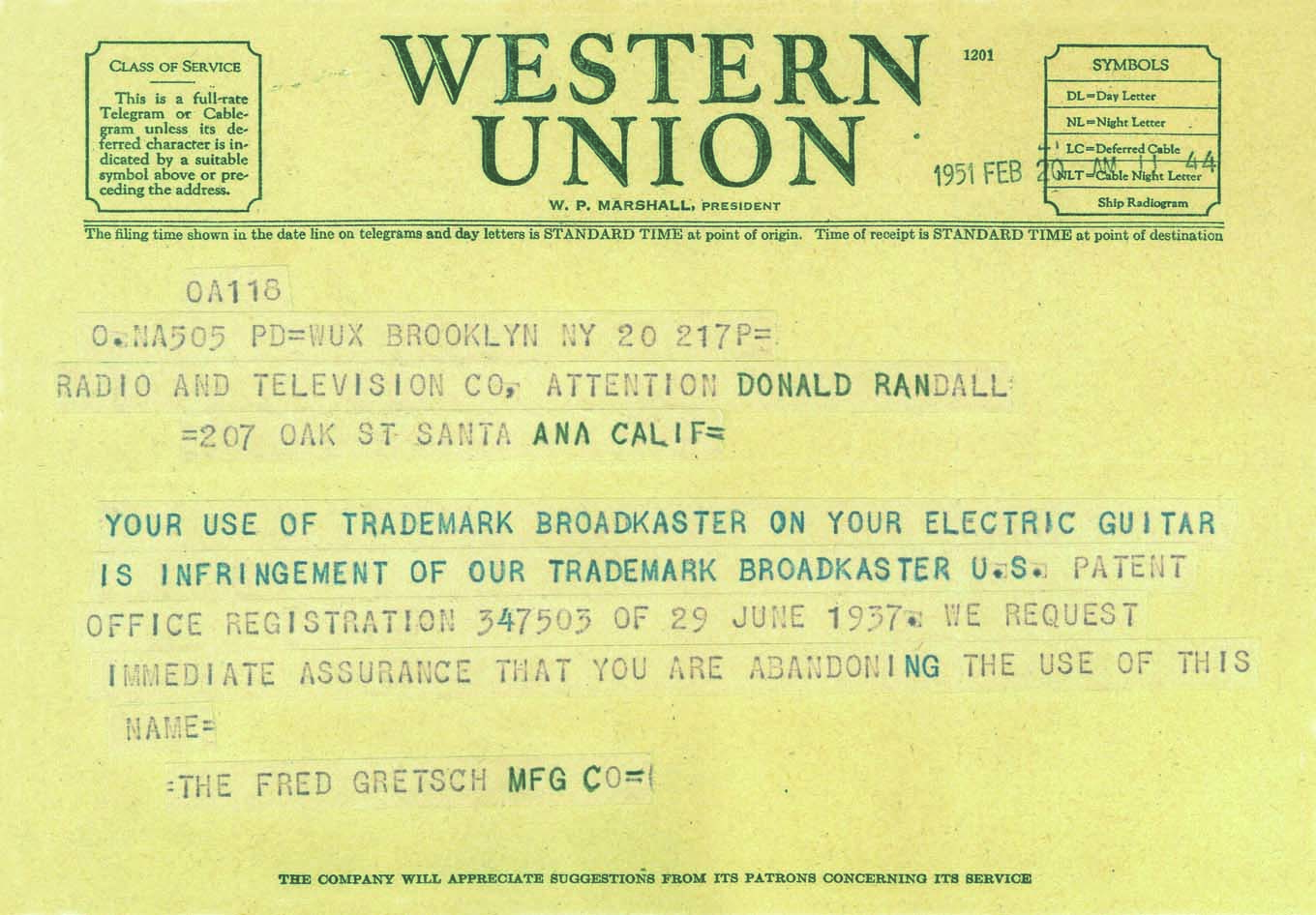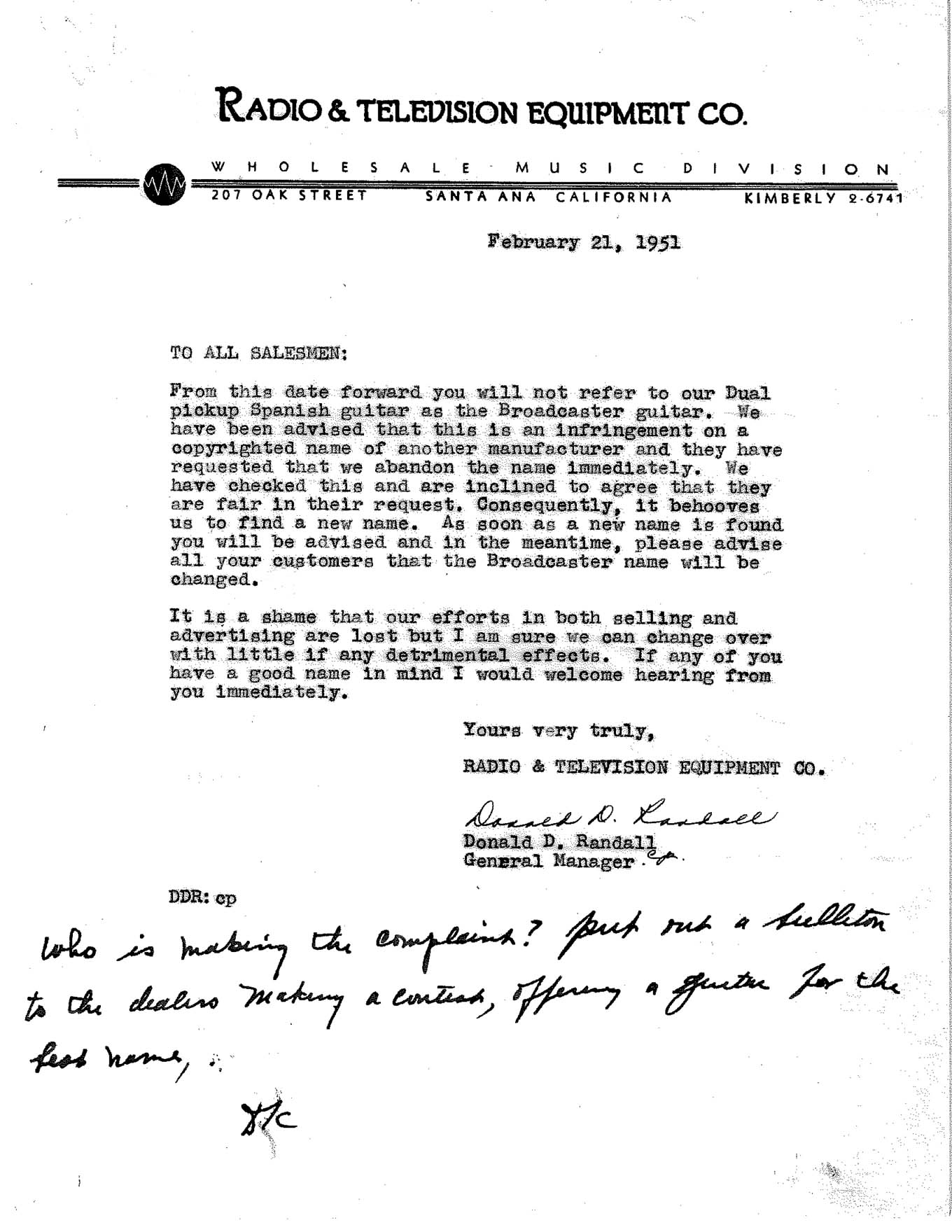“If any of you have a good name in mind I would welcome hearing from you immediately”: How the Fender Telecaster got its name, with a little help from Gretsch
In this exclusive extract from Fender Telecaster: 75 Years, Dave Hunter takes us inside the corporate wrangle that gave us the Telecaster moniker – and created some true Fender rarities in the process
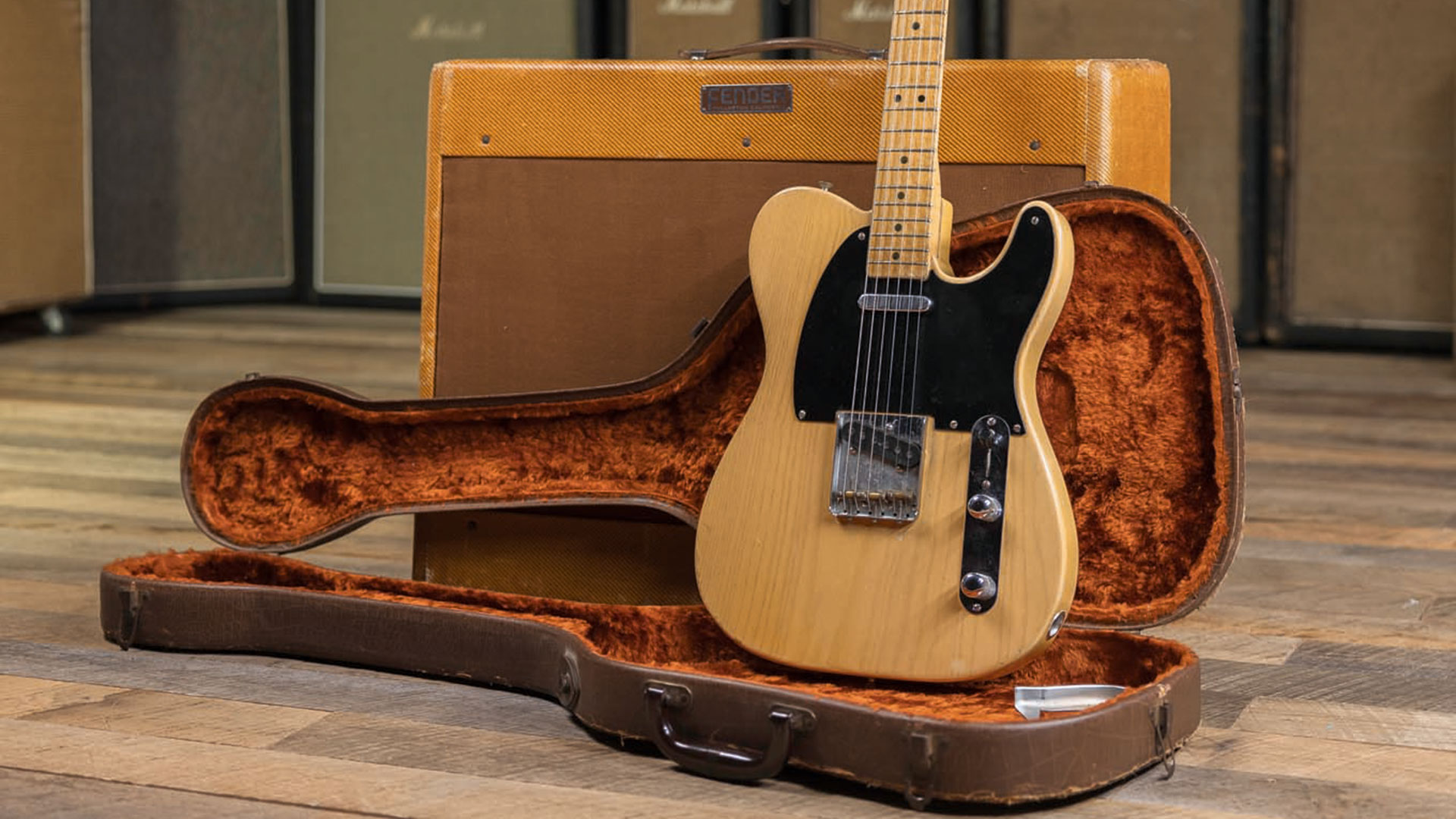
It's an iconic design and an iconic name. Born in 1950, the Telecaster is the guitar that changed the game for Fender – and 2025 marks 75 years of the firm’s most enduring design.
If, among the celebrations, you're hoping to get better acquainted with the story and evolution of the Tele, well, let us point you towards the stunning (and newly-updated) coffee table tome from respected author and guitar journalist Dave Hunter – who has penned the officially-licensed book, Fender Telecaster: 75 Years.
Of course, that iconic name didn’t arrive hand-in-hand with the build. Below – in an exclusive extract from the book – Hunter explains the story of the moment the burgeoning electric evolved from its initial Broadcaster incarnation, into the Nocaster and, eventually, the Telecaster, as we know it today – all thanks to another firm...
What’s in a name?
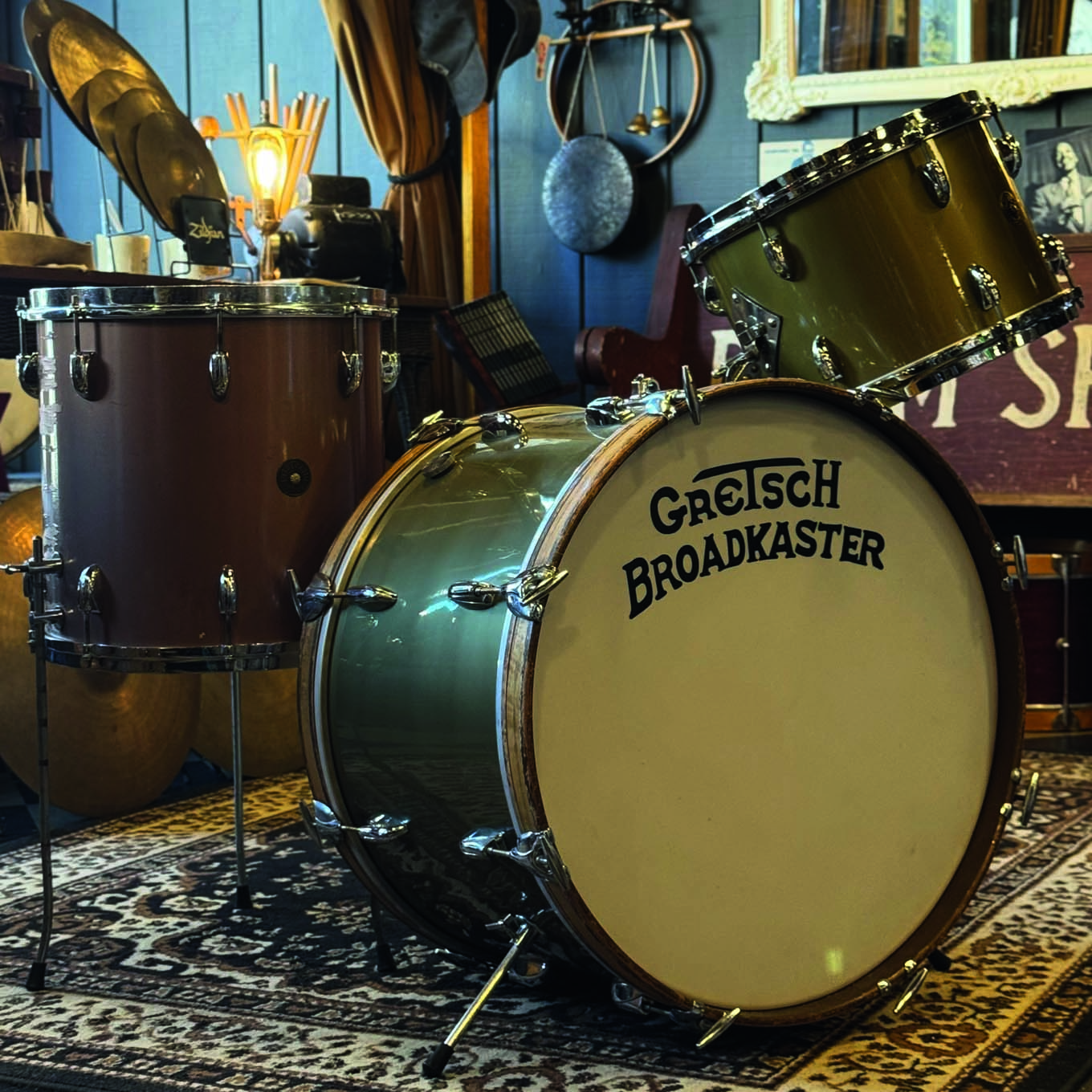
Even if the Broadcaster didn’t gain immediate acceptance from all corners of the industry, it’s clear in hindsight that the debut solidbody electric guitar from what many regarded as a young upstart of a maker was quickly revolutionizing the form.
Once it was out there and proving a compelling option for many professional players, others were virtually forced to follow suit with their own solid (or seemingly solid) designs. Meanwhile, Fender’s debutante was headed for a speedbump that shook up its marketing efforts in the crucial early stages of its wider uptake.
Just as Fender’s revolutionary solidbody started gaining some acceptance in the guitar world, the Gretsch Company threw a wrench into the works. In naming the Broadcaster, no one at Fender gave much thought to the fact that a larger musical-instrument manufacturer on the other side of the country was using a similar moniker on some of their wares.
Gretsch used the name “Broadkaster” on some drums and banjos. For reasons unknown they spelled it with an errant “k” where the “c” usually resided.
All the latest guitar news, interviews, lessons, reviews, deals and more, direct to your inbox!
Nevertheless, on February 20, 1951, a Western Union telegram from the Fred Gretsch Manufacturing Company addressed to the attention of Donald Randall declared that Fender’s use of the name Broadcaster “was infringement of our trademark Broadkaster U.S. Patent Office Registration 347503 of 29 June 1937.”
Gretsch Broadkaster banjos and drums had been on the market since the 1920s, and a drum kit of that name was still available at the time of the Fender Broadcaster’s release.
Eager to avoid a run-in with a well-known company so early in the game, Don Randall urged Fender to pull the Broadcaster name from the headstock and from all advertising immediately. Leo conceded.
The change marks the end of the shortlived model, in name at least, and instantly made early Broadcasters among the most collectible Fender guitars ever built. With no reliable company records remaining, accounts differ on how many Broadcasters were produced from around spring of 1950 to February of 1951.
Gruhn’s Guide to Vintage Guitars by George Gruhn and Walter Carter, estimates 300 to 500, although several accounts indicate that the tally could total fewer than 200 guitars.
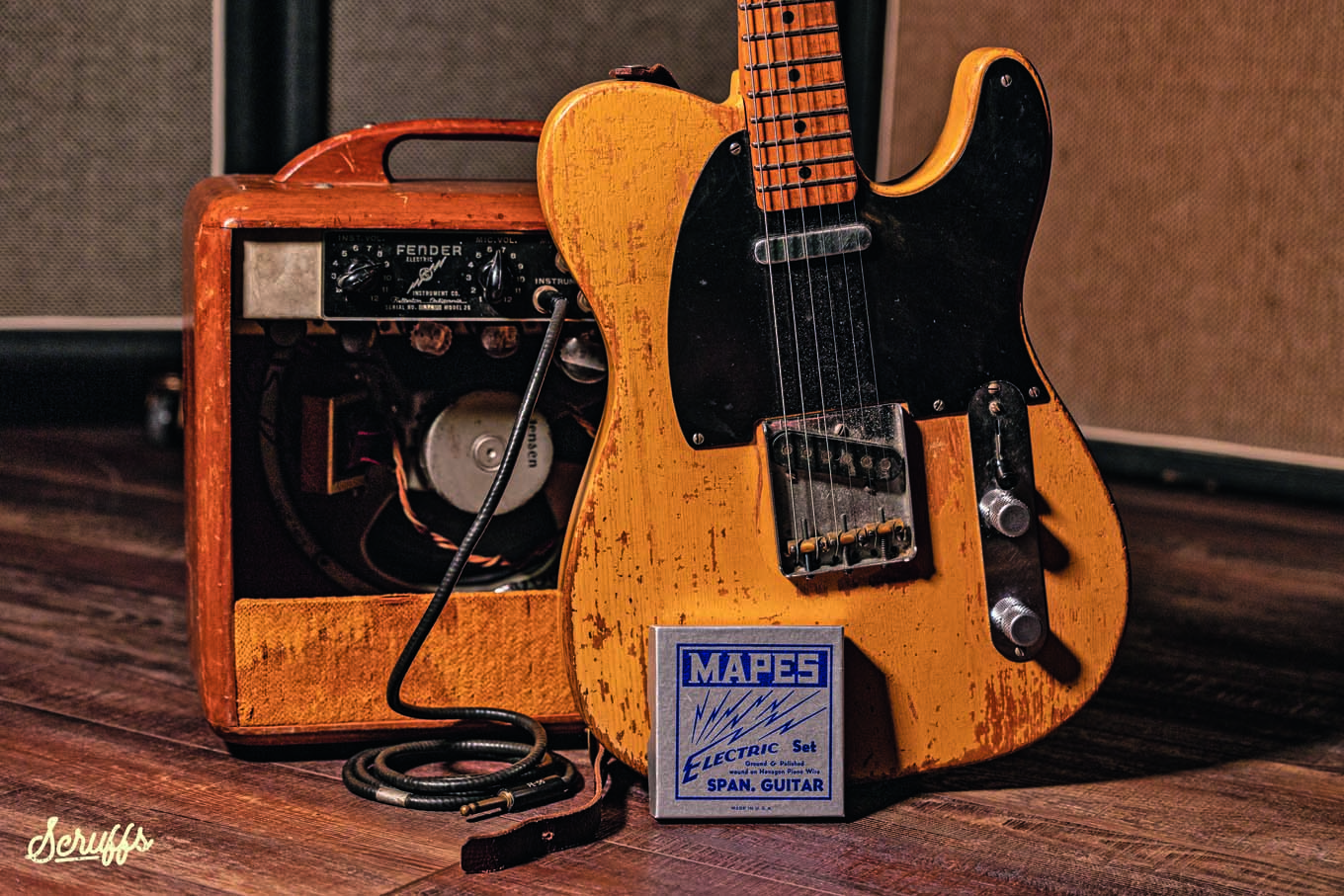
The day after receiving the telegram from Gretsch, Randall, as general manager of Radio & Television Equipment Company, penned a letter addressed “To All Salesmen”:
“From this date forward you will not refer to our Dual pickup Spanish guitar as the Broadcaster guitar. We have been advised that this is an infringement on a copyrighted name of another manufacturer and they have requested that we abandon the name immediately. We have checked this and are inclined to agree that they are fair in their request.
“Consequently, it behooves us to find a new name. As soon as a new name is found you will be advised and in the meantime, please advise all your customers that the Broadcaster name will be changed.
“It is a shame that our efforts in both selling and advertising are lost but I am sure we can change over with little if any detrimental effects. If any of you have a good name in mind I would welcome hearing from you immediately.”
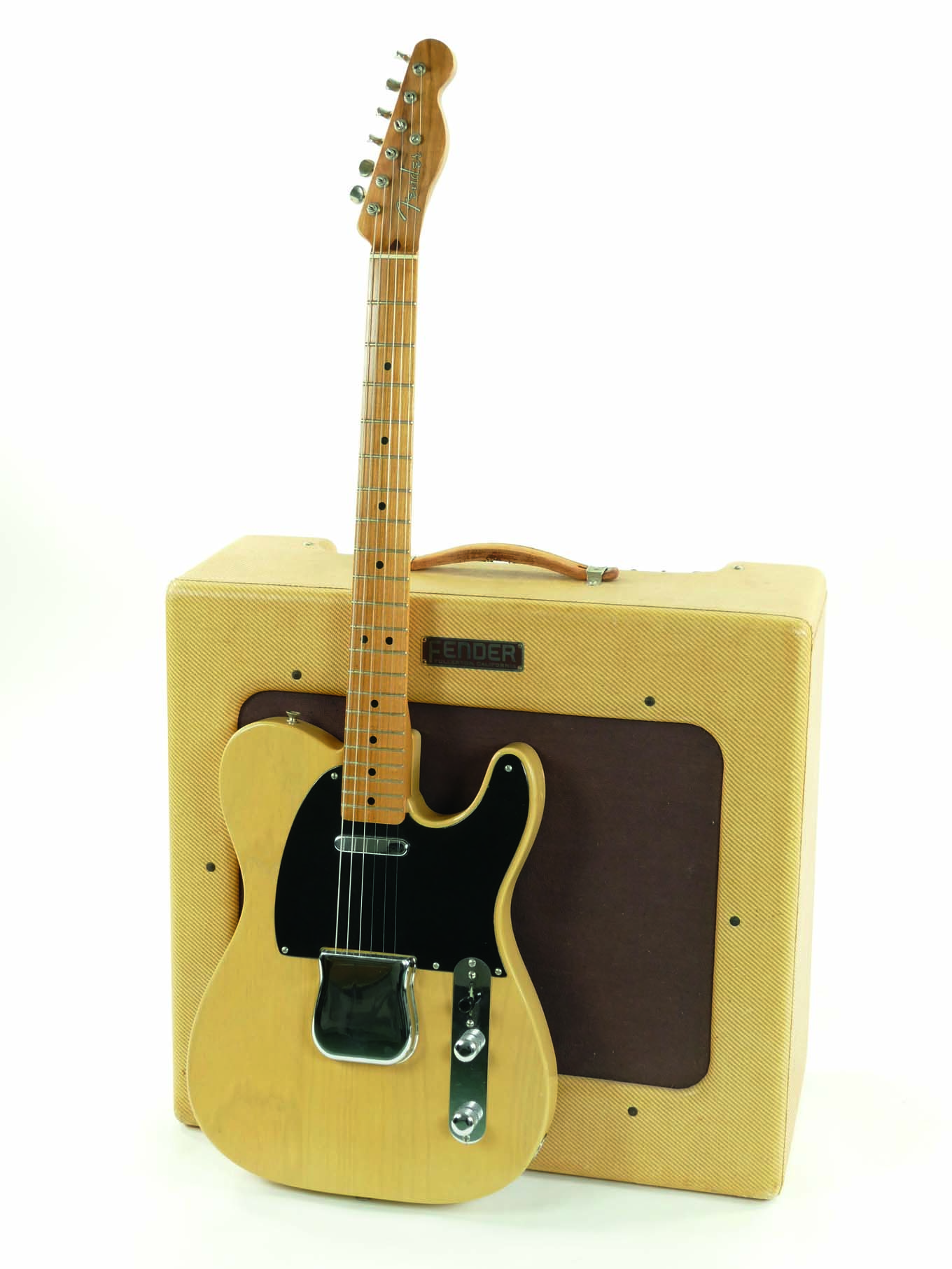
Rather than halt production entirely while a new name was sought, Fender continued making its two-pickup solidbody electric for another few months with no name on the headstock other than the company logo. This run of guitars, later known as “Nocasters,” represents another exceedingly rare and collectible Fender.
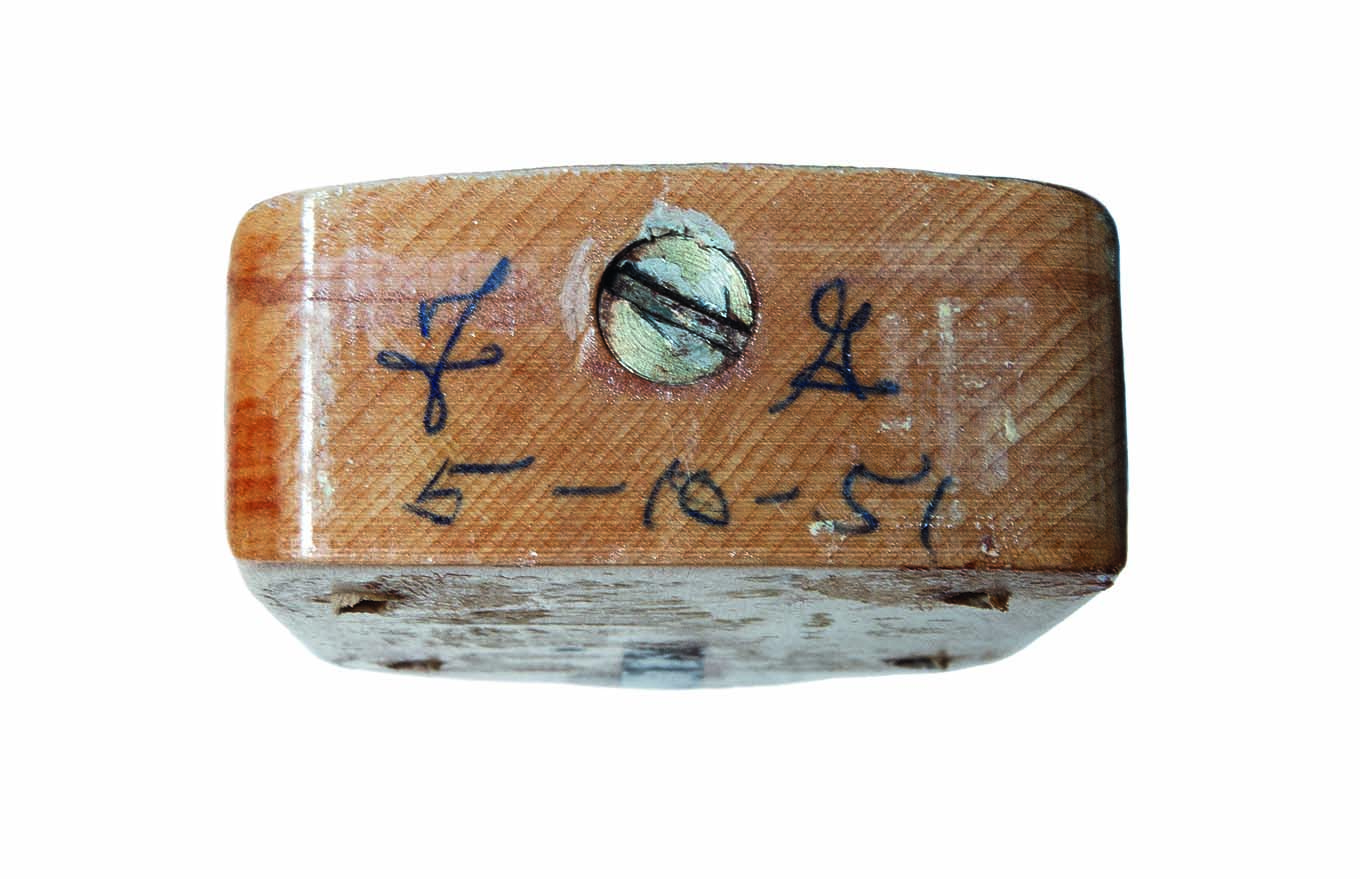
Precise production dates for any of the three—Broadcaster, Nocaster, and Telecaster—are difficult to trace because necks and bodies were often dated after coming off the assembly line and stored on shelves for weeks or even months before being used in a completed guitar.
For this reason, a Nocaster might have a neck date from firmly within the Broadcaster era, or a Telecaster have a neck dated within the Nocaster era. It’s a situation that can be confusing to the historian hoping to pin down Fender’s evolution with any precision, but one which most collectors have just come to accept.
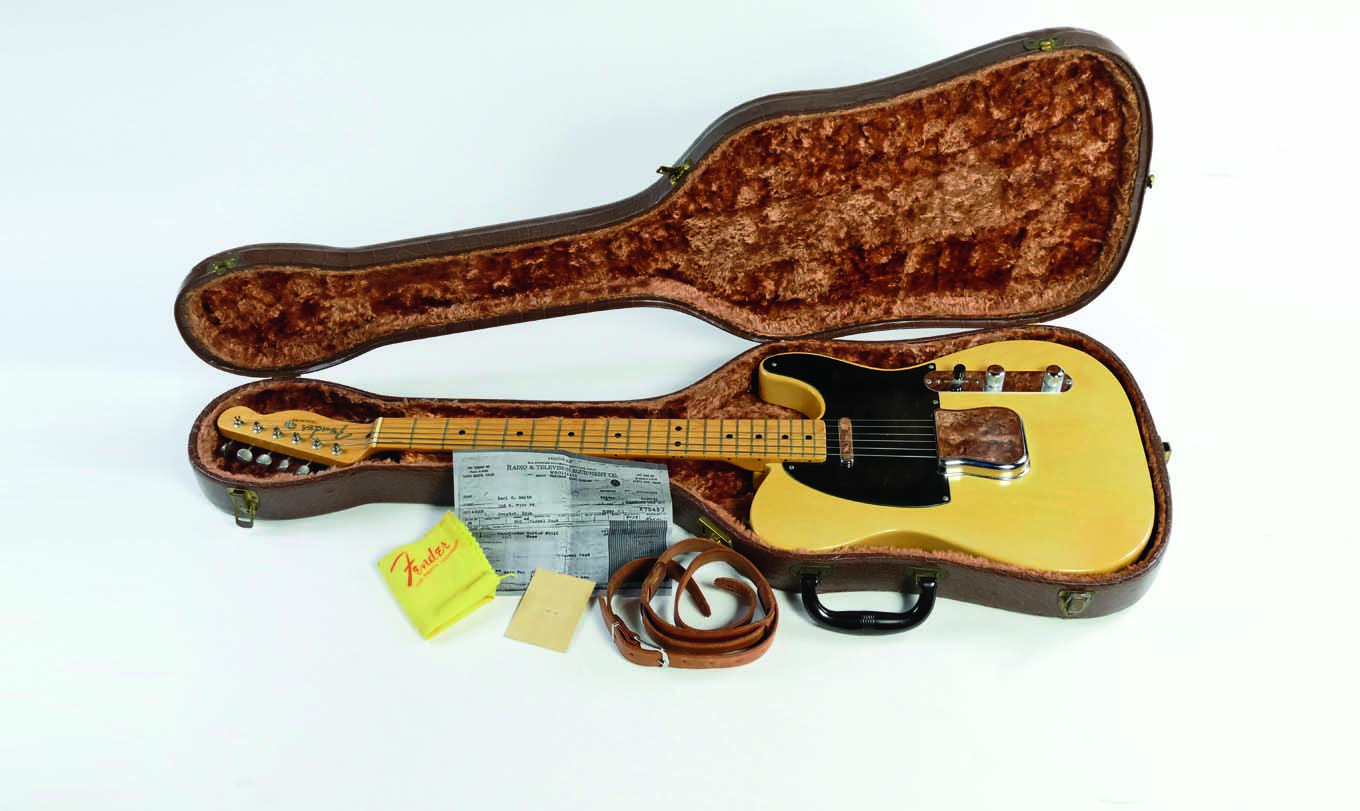
By April of 1951, if not before, it was Randall himself who thrust Fender headlong into the television age by coining the name “Telecaster.” The new model name was added to the two-pickup guitar later that month, or certainly by early May of 1951, and it has stayed that way for 60 [75 now - Ed] years and counting.
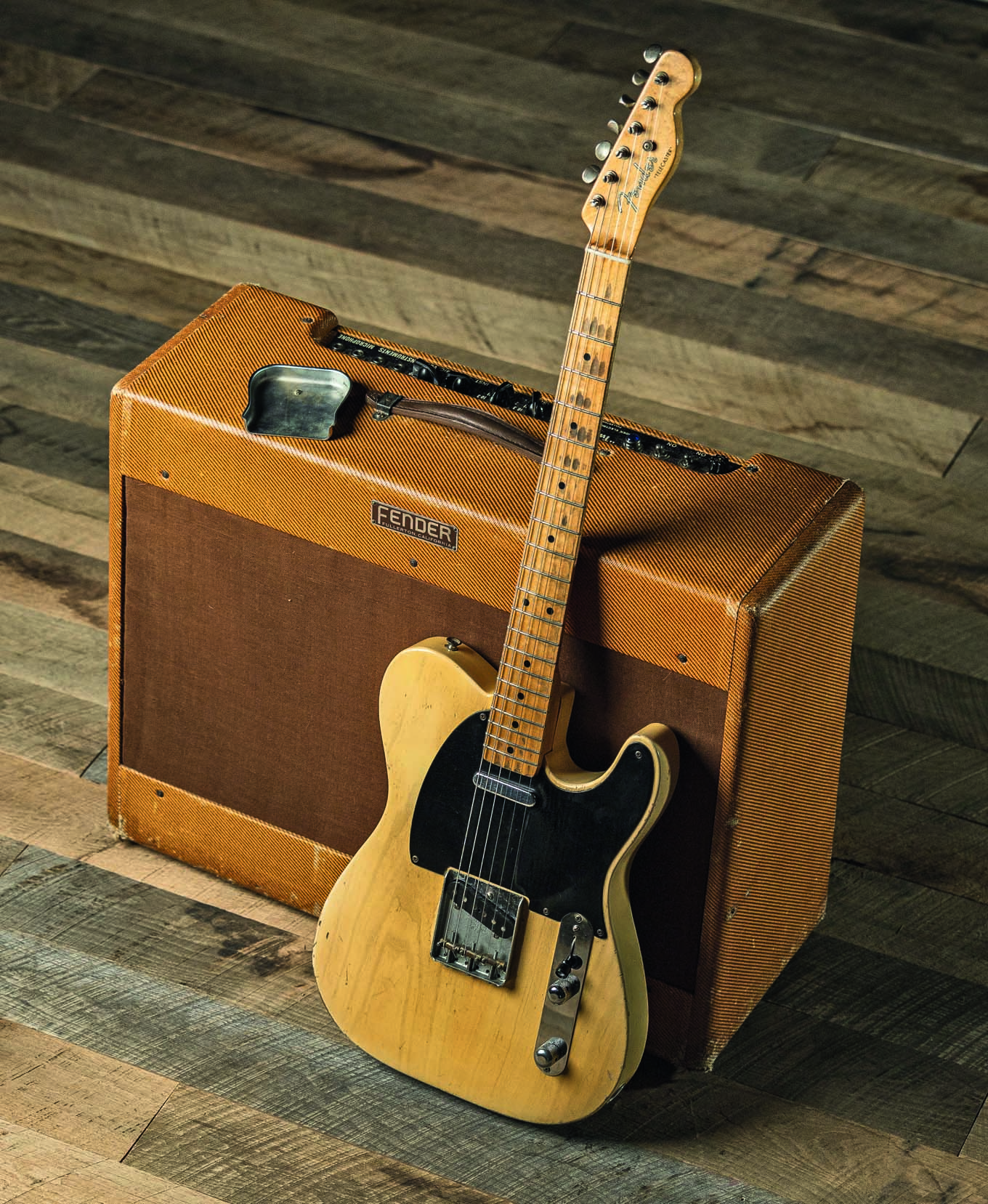
Television was the big thing in the early 1950s and throughout the decade, so Fender’s new name couldn’t have hurt the product in the least. A simple guitar, with simple contrasting colors, it’s almost as if the Telecaster was designed to look good on the grainy, low-definition, black and white TV sets of the day. It would even be identifiable amidst the typical “snowstorm” while viewers jiggled the rabbit ears seeking better reception.
Funnily enough, the look of the guitar on television itself would inspire Leo to make a physical change in the Telecaster later in the decade. Before that point arrived, though, the model’s specs would evolve in other subtle ways.
- Dave Hunter’s updated book Fender Telecaster: 75 Years is out now via Motorbooks.
You must confirm your public display name before commenting
Please logout and then login again, you will then be prompted to enter your display name.
